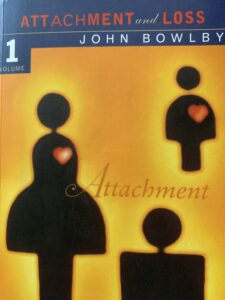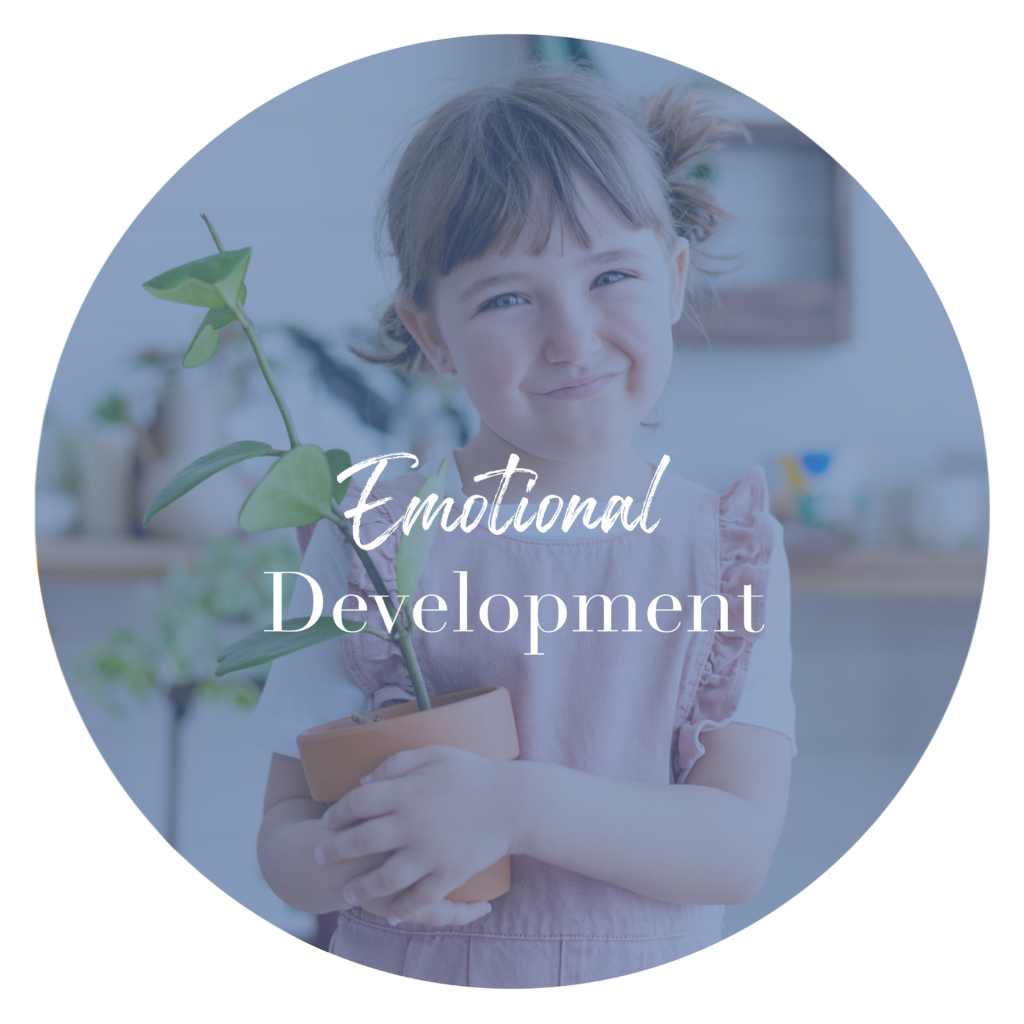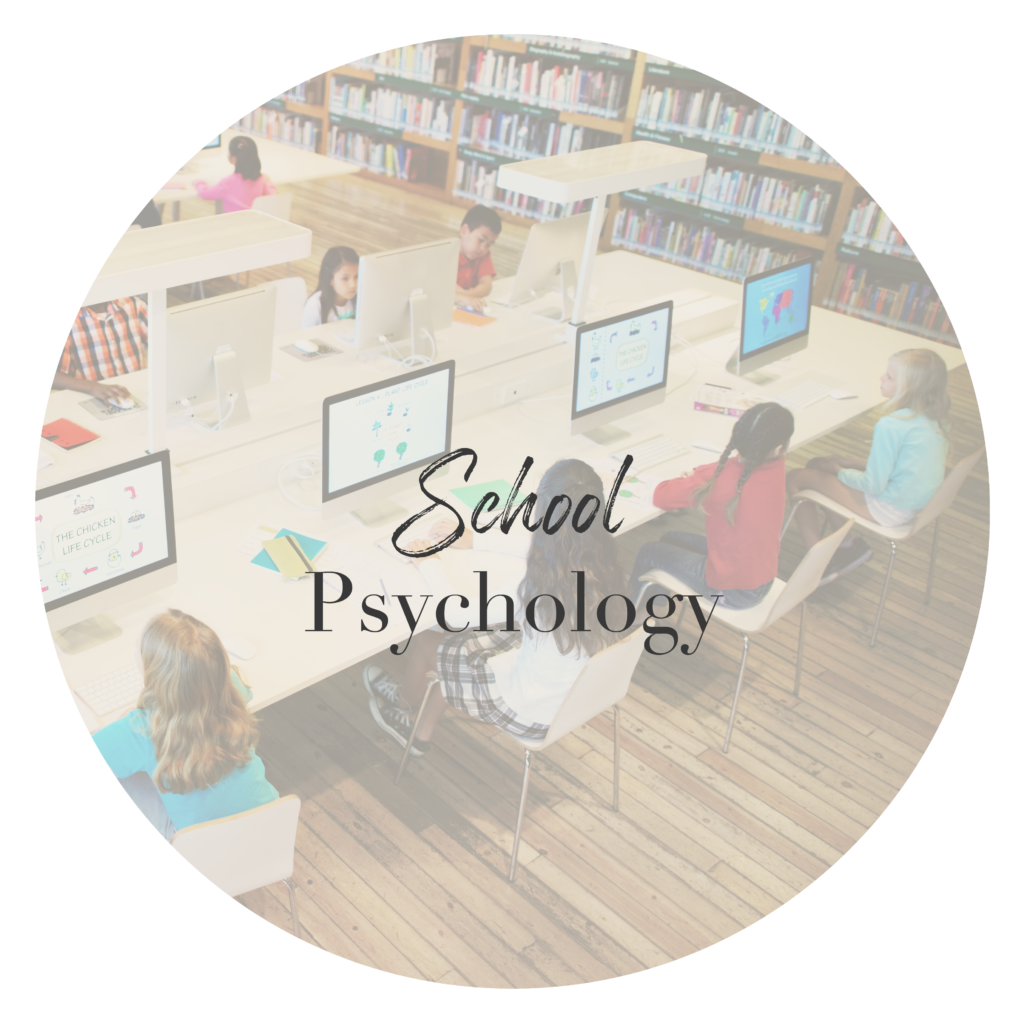Self-Identity Blog Devon Wolfe WolfeWisdom.ca
WILL
It just doesn’t work to be told who we are supposed to be, simply because we each have a will or our own. Our will is the life energy to connect, communicate, and explore. So, we each need parenting and leadership, which does not undermine our personal will. Becoming a “self” is a personal journey but also a social journey of Belonging and noticing sameness among intersections of age, gender, race, caste, beliefs and values, ethnicity, language, environment, aptitudes, and attitudes.
Self-identity is a process of Emotional Development. Not to discover yourself or find yourself, but to create your own self-identity. Yes, we create the person we become through processes of development!
DEVELOPMENT
Do you have a sense of how development happens? Because self-identity is truly set in motion by development. Development is like climbing from a lower plateau of activity and learning, to a higher plateau in the landscape of life.
Development is about readiness, so there is no need to rush kids, or worry they are falling behind. Nature has a plan! If adults are too impatient, then we battle a child or teen’s reluctance. However, what we CAN do is provide an environment designed for giving kids space and time in activities, which will lead their development.
Developmental Lead Activities were defined by the third generation of Russian scholars following Lev Vygotsky’s work. Lev Vygotsky is a highly respected Educational Psychologist, who constructed valuable theory about human development in the 1920s. The following generations of Vygotsky’s students expanded his work to explain how challenging activities of high interest, tend to lead development.
Vygotsky’s concept of a “Zone of Development” is a zone of developmental readiness. It’s been called the Goldilocks Zone. For example, if the activity is too easy then it won’t be interesting enough and if it’s too hard there will be reluctance. The readiness zone is a “zone of development”, and it must be just right. Then the senses are activated, the brain is interested, and emotions are available.
This is where adults come in. We design “just right” environments – first by removing chaos so the senses are not overwhelmed, and second by keeping this child or teen curious and creative. But here is the secret sauce. Adults use emotions to actively connect in authentic relationships. Everything about our face, voice, and actions are inviting, and welcoming the child or teen to join in.
The adult task in the “zone of development” is to keep the readiness flowing and minimize reluctance. The relationship must be generous with time and space, so kids feel their own energy, their own will, and own agency to take part. This means adults cannot rush the activity and must keep their hands off the materials, in order for kids to lead the way.
Can you understand how foundational this is to grow a self-identity?
LEAD ACTIVITIES
“Lead activities” are always appropriate to the emotional capacity of a child. Not always the chronological age but always the emotional age. Because emotions are the secret sauce for the senses, curiosity, and intellect, to work together.
Did you know that when a child or teen appears to be emotionally immature in their cohort, this tells us to work backwards? Basically, we are repurposing lead activities which are more characteristic of younger ages. In this way, we give more time and space for a child or teen to grow into the development they seem to be missing. Knowing this helps adults understand why kids love to hear the same story read aloud many times over, they are still gleaning meaning from the whole experience. Working backwards has significant relevance for teens with lagging development, so stay tuned!
SERVE AND RETURN
I want to start by telling you about 3 preschool lead activities. First, infants engage in emotional communication with their caregivers. Infants will actually ‘serve their attention’ to a parent, like serving the ball in a tennis match – to get attention and responses in return. “Serve and return” is how infants struggle to sort out their senses and begin to scaffold pre-linguistic sounds/tone/pitch/pace/volume of language. Language development is an excellent example of how development soaks in like a sponge, so its ordinary magic. Development is more than learning.
Each lead activity is kind of a plateau in the landscape of life, giving time and space for miraculous growth. After sufficient growth, comes readiness to pivot to the next lead activity.
OBJECT CENTERED JOINT ATTENTION
Second for preschoolers is Object centered joint attention. Both child and adult are pointing at and noticing objects which are interesting because this experience engages the senses and curiosity and emotions, all at once. Joint attention is face to face to continue using “serve and return”. But additionally, objects of joint interest like; plants, rocks, food, toys, songs, and stories are culturally significant. Kids use their whole body to soak up culture and the super-glue is emotions. Just remember that we seldom have one emotion at a time. So, especially young children, but the rest of us too – need to revisit the same meaningful keepsakes or songs to relive the mix of emotions these evoke.
SOCIO-DRAMATIC PLAY
The third lead activity is Socio-dramatic play. The urge to play is built into the emotional centres of the brain. This is how we know that social role-play is crucial to express self-identity and explore life experiences.Kids become moms and dads, doctors and nurses, cats and dogs, to try on identities. Yet, role play includes serious themes too like; giving and receiving love, conflict/violence/abuse, and also rehearses real life activities like; sorting and tidying, gardening and building, or arguing and apologizing.
A classic example of socio-dramatic play is the role reversal of 2 sisters. They actually are sisters but in play they switch places so the younger sister becomes the older sister. They inhabit the other’s experience and at themselves from a different point of view. Trying on the big sister role puts the younger one ‘ahead of her development’. She is acting like a more mature person in this role play. This is true of all socio-dramatic play. Even the older sister gains a mature perspective of what life is like for her younger sister, more like the perspective of a parent.
Watching kids in this kind of role play can be hilarious when they sound like an adult, but also shocking when they act out violence, or embarrassing when they mimic our impatience, but always enlightening because kids are authentically reflecting the leading edge of their growth.
DEVELOPMENTAL READINESS
However, when kids lack readiness for socio-dramatic play, they will continue to throw the kid-sized pots and spoons around the room, instead of pretending to make soup. So don’t rush, remember to work backwards. Drop back to a previous plateau of development. Use object centered joint attention to engage curiosity again with interesting objects, show how they work, tell stories and sing songs to maximize curiosity and creativity. Or when attention spans are too underdeveloped, drop back to “serve and return” to keep kids curious and thinking.
Because guess what? Giving lots of time and space on one plateau improves sensory awareness, emotion regulation, language development, relational capacity, and stretches attention span!
Likewise, working backwards is time and effort which is well invested, with teens who are reluctant to communicate with adults. There needs to be much more effort with “serve and return” to build trust in adults, along with the expectation to share thoughts and feelings. Yet ‘face to face’ interactions with adults can feel confrontational to some teens. Instead, consider more ‘side by side’ time in joint attention to objects of great interest like; oh maybe a video game, microscope, drone, music, fashion, sports – depends entirely on the teen’s interests and aptitudes. This is vulnerable developmental territory for teens so use objects of high interest and go slowly. Any hint to a teen that, you are acting like a five year old so I will treat you like a five year old, is entirely inappropriate.
It’s an impressive life accomplishment to have a self-identity which is continuous and resilient enough to firmly ground behavior in mature thinking and behaving. Without sufficient time in lead activities, maturity stalls, and Emotional Development needs more support. This is why child and teen behavior can be completely contrary to what parents expect or what teachers have taught.
Knowing how to use lead activities and working backwards is valuable to anyone responsible for children and teens. Emotional Development – this is my favorite topic!
devon.wolfe@wolfewisdom.ca
BEd Special Education, MSc School Psychology, Cert. Addictions Studies
“Our presence is powerful in the life of a child.”








